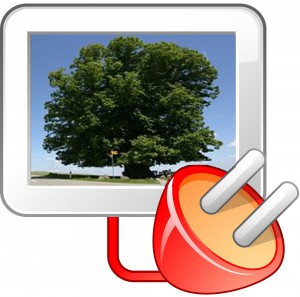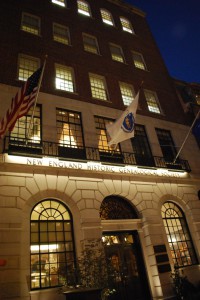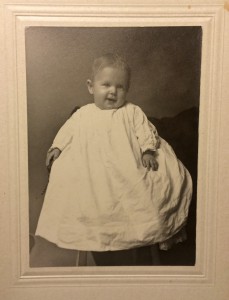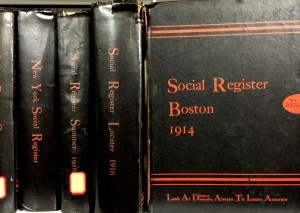We often learn from our mistakes. A promise that “I won’t do that again” can be a valuable tool. And, if repeated enough times, it becomes known as experience.
A decade ago I had a luncheon talk entitled “My Ten Worst Mistakes in Genealogy.” When the title appeared, Robert Charles Anderson commented, “and he updates it frequently!” In fact, I do update it, but now I separate the mistakes that did not appear in print or in a lecture from those that did. And I’m glad to say the former far outweigh the latter. Continue reading Learning from our mistakes





